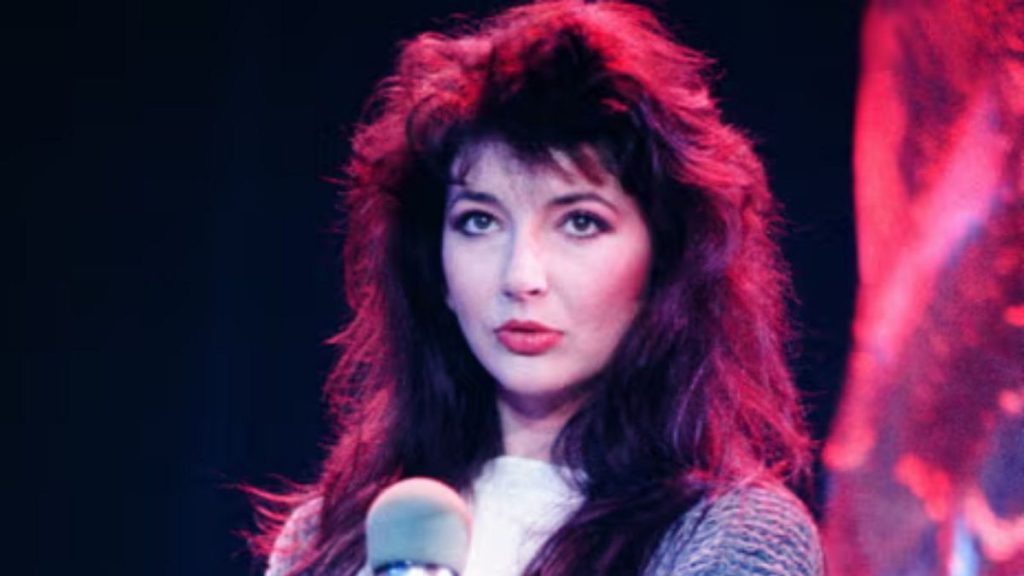Kate Bush’s annual Christmas message, a tradition cherished by her fans, offered a blend of festive cheer and thoughtful reflections on the state of the world. The message opened with gratitude for the support received for her animated short film, “Little Shrew,” created in support of War Child, a charity dedicated to aiding children affected by conflict. This acknowledgement swiftly transitioned into a somber recognition of the “exceptionally dark news” that dominated the past year, particularly the ongoing wars and the anxieties surrounding large-scale global changes. Despite the pervasive gloom, Bush sought a glimmer of positivity, focusing on the comforting familiarity of Christmas Eve traditions and the nostalgic scent of her childhood Christmases – a blend of coal fires and damp leaves veiled in a frosty fog. This personal touch grounded her message in a relatable experience amidst the wider global concerns.
Bush’s message then delved into a recent experience visiting a Monet exhibition featuring the artist’s depictions of the smog-laden Thames. The immersive quality of the exhibition, with its twenty-one paintings concentrated in two rooms, transported Bush back to turn-of-the-century London. She described the “mysterious smog” rendered in muddy yellows, sun-deprived pinks, and unsettling greens, obscuring the familiar landscape and leaving only vague impressions of bridges and boats. The ethereal quality of the paintings, Bush noted, held a mesmerizing power. She highlighted the irony of Monet finding beauty in the smog, a byproduct of industrialization, and even finishing the paintings in the vibrant light of Giverny, France, despite sketching them in London. This anecdote served as a segue into her contemplation of modern anxieties.
The central theme of Bush’s message emerged from her reflection on Monet’s fascination with the smog. She drew a parallel between Monet’s perception of smog as an element enhancing London’s mystique and the modern awe surrounding artificial intelligence (AI), another product of technological advancement. Bush posed a crucial question: Are we, like Monet, captivated by the “twinkling light” of new inventions while overlooking the potentially ominous implications lurking in the background? She used the imagery of vague, dark shapes behind a theatrical gauze to symbolize the unseen consequences of AI, leaving the reader to ponder the potential dangers concealed beneath the surface of technological progress.
Bush’s concerns about AI were not merely abstract musings. Earlier in the month, she joined a campaign opposing the unauthorized use of artists’ work by AI technologies. Along with other prominent artists like Paul McCartney, Björn Ulvaeus, Thom Yorke, and thousands more, she signed a petition protesting the use of copyrighted material to train generative AI. This practice, the petition argued, poses a significant threat to the livelihoods of creative individuals. Bush’s Christmas message, therefore, was not just a seasonal greeting but also a subtle call to consider the ethical implications of rapidly advancing technology.
Returning to the Monet exhibition, Bush elaborated on the artist’s surprising perspective on the London smog. She described Monet’s belief that London would have been uninteresting without the smog, attributing the city’s magic to this atmospheric phenomenon. She imagined Monet, at the break of dawn, coughing and spluttering amidst the pollution, yet compelled to capture its beauty. The revelation that Monet finished these paintings in France, after initially sketching them in London, added another layer of complexity to the narrative. This seemingly insignificant detail underscored the subjective nature of perception and the artist’s ability to transform reality through their creative lens.
Bush’s Christmas message concluded with a return to the festive spirit, offering wishes for a joyful Christmas and a happy new year. However, the underlying message about the potential pitfalls of unchecked technological advancement resonated powerfully. By drawing parallels between Monet’s romanticized view of industrial pollution and the current fascination with AI, Bush invited her audience to engage in critical reflection. Her message served as a gentle reminder to look beyond the immediate allure of new technologies and consider their long-term consequences, urging a more cautious and discerning approach to embracing the “twinkling lights” of progress. It was a message that encouraged thoughtful contemplation during a season often characterized by uncritical celebration of consumerism and technological novelty.














